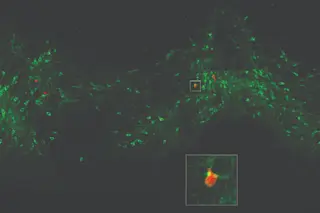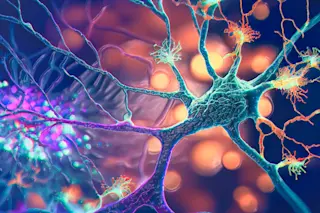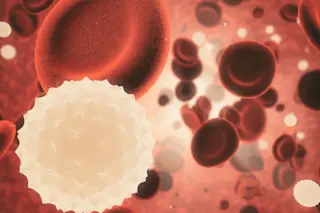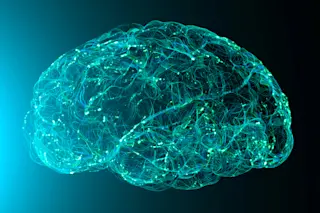The quantum dot has many super powers. It can capture light energy for solar panels
, team up with LEDs to emit entangled photons
, and according to new research, activate neurons in a Petri dish
. Quantum dots are tiny bits of semiconductor material, and their unique properties coming from being so small---no more than 10 nanometers across---that they're governed by weird rules of the quantum world. Quantum dots are already used in biology to label individual cells or proteins
. But now, quantum dots are no longer just labels; they can change how neurons behave. When a light shines on them, quantum dots generate a small electric field that causes the ion channels
of a nearby neuron to open, activating it. What's exciting about quantum dots versus, say, electrodes, which are used in therapies like deep brain stimulation
for Parkinson's, is that it may be possible to get ...













